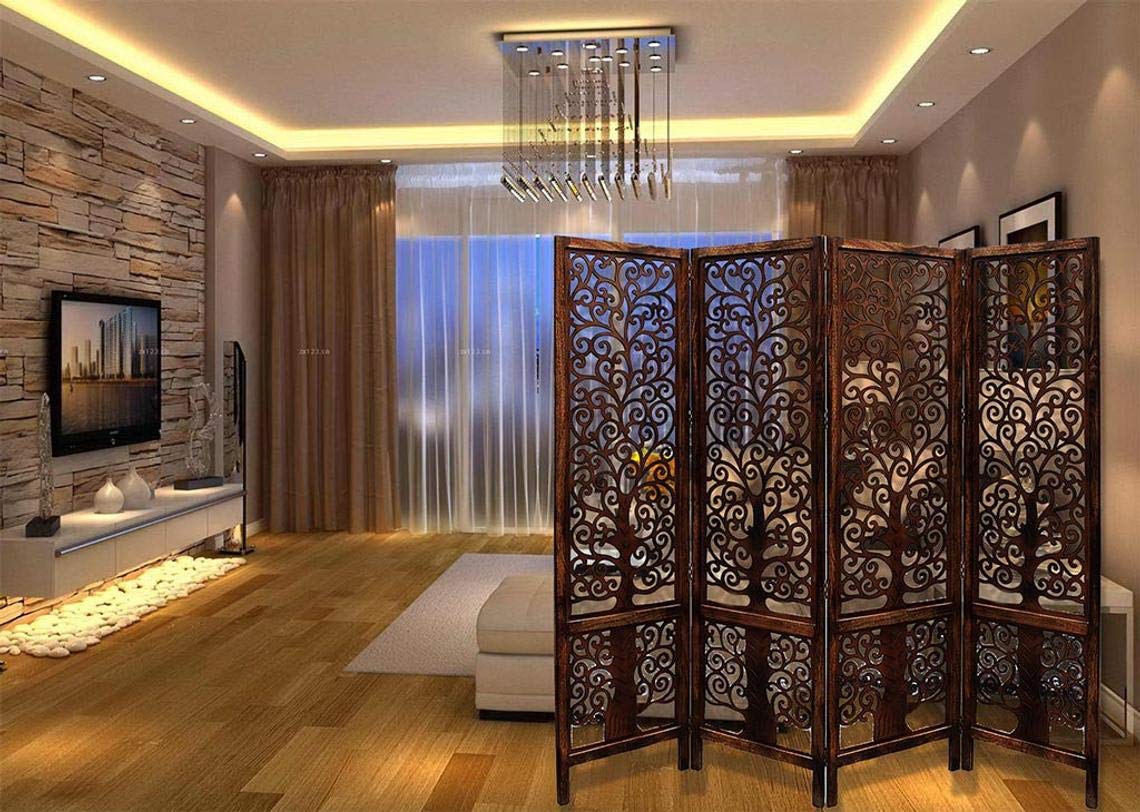In the evolving world of interiors, design has moved beyond pure functionality to embrace artistic storytelling. Whether used in homes, galleries, or creative studios, the modern approach to space division prioritises both purpose and personality. Among the most versatile elements of this shift are room divider panels, which transform ordinary spaces into canvases of imagination while maintaining practical separation.
The Artistic Evolution of Room Dividers
Originally, room dividers were purely utilitarian—used to partition large rooms or provide privacy. Over time, artists and designers recognised their potential as striking visual features. The traditional folding screens of Asia, adorned with hand-painted landscapes and calligraphy, were early examples of how art and utility could coexist. Today’s interpretations push those boundaries further, incorporating materials such as metal, glass, fabric, and wood to reflect contemporary sensibilities.
Function Meets Aesthetic Purpose
Modern interiors often value openness, yet complete transparency can sometimes feel impersonal. Room divider panels solve this dilemma beautifully, allowing light to filter through while subtly defining areas. They can delineate a study corner within a studio apartment or separate dining and living spaces without building walls. The functional benefit lies in their flexibility—movable, adaptable, and ideal for both temporary and permanent setups.
Designers see them as opportunities to merge architecture and art. The textures, colours, and patterns of these panels contribute to the room’s emotional tone. A laser-cut metal panel may introduce industrial precision, while a woven bamboo screen adds organic warmth. In this way, dividers don’t just divide; they shape the experience of space.
Materials as Mediums of Expression
Every material used in a divider panel carries its own design narrative. Timber panels convey natural calm and tradition, making them popular in minimalist or Scandinavian-inspired interiors. Fabric dividers, on the other hand, allow freedom of colour and pattern, turning a soft surface into a statement piece.
Metal dividers, often powder-coated in matte finishes, evoke modern luxury and sophistication. Glass panels etched with artistic motifs can play with light, creating patterns that shift through the day. Artists also experiment with recycled materials, giving new life to discarded wood, textiles, or metal sheets, thus embedding sustainability within aesthetic innovation.
The Role of Texture and Light
Texture and light are central to the artistic value of room divider panels. A textured panel can catch sunlight or artificial light differently across the day, creating subtle changes that enhance atmosphere. Frosted glass, perforated metal, or fabric screens diffuse light in distinct ways, offering privacy without isolation.
In art-driven interiors, designers often treat dividers as installations rather than furniture. The interplay of light, shadow, and pattern transforms them into living artworks—ever-changing expressions that evolve with the environment.
Personalisation and Bespoke Design
The growing popularity of customised interiors has pushed divider design toward greater personalisation. Artists collaborate with clients to create bespoke pieces that reflect individual stories or cultural inspirations. For example, a divider might feature abstract shapes symbolising harmony or botanical motifs drawn from local flora.
Digital fabrication techniques, such as CNC cutting and laser engraving, have expanded creative possibilities. These technologies allow for intricate precision, enabling designers to translate even complex artworks into structural forms. As a result, room divider panels can be both functional and deeply personal expressions of art.
Bridging Traditional and Contemporary Design
Room dividers are uniquely positioned to bridge traditional craftsmanship with modern minimalism. A hand-carved wooden screen can coexist harmoniously within a sleek, contemporary flat, grounding it with warmth and texture. Conversely, abstract metal or acrylic panels can refresh traditional settings by adding a bold, sculptural contrast.
This duality—where art meets design, and heritage meets innovation—is what makes room divider panels enduringly relevant. They reflect how modern living requires flexibility without sacrificing beauty.
Sustainability and Eco-Conscious Design
Sustainability is now integral to creative practice, and divider panels are no exception. Designers are increasingly turning to eco-friendly materials, low-impact finishes, and modular systems that can be reused or repurposed. Bamboo, rattan, cork, and reclaimed timber are especially popular for their renewability and tactile charm.
By integrating sustainable choices with artistic vision, creators ensure that dividers not only enhance interiors but also align with responsible design values. This connection between ethics and aesthetics elevates them from simple room features to symbols of mindful living.
The Future of Functional Art
As open-plan living continues to dominate urban design, the demand for adaptable, artful spatial solutions will only grow. Room divider panels will remain central to this trend, serving as both organisers and storytellers.
Emerging innovations such as kinetic dividers—panels that move or change appearance—and smart materials that adjust opacity or colour based on light will further redefine their role. What began as a practical partition now stands as a bridge between art and architecture, transforming the perception of space itself.

